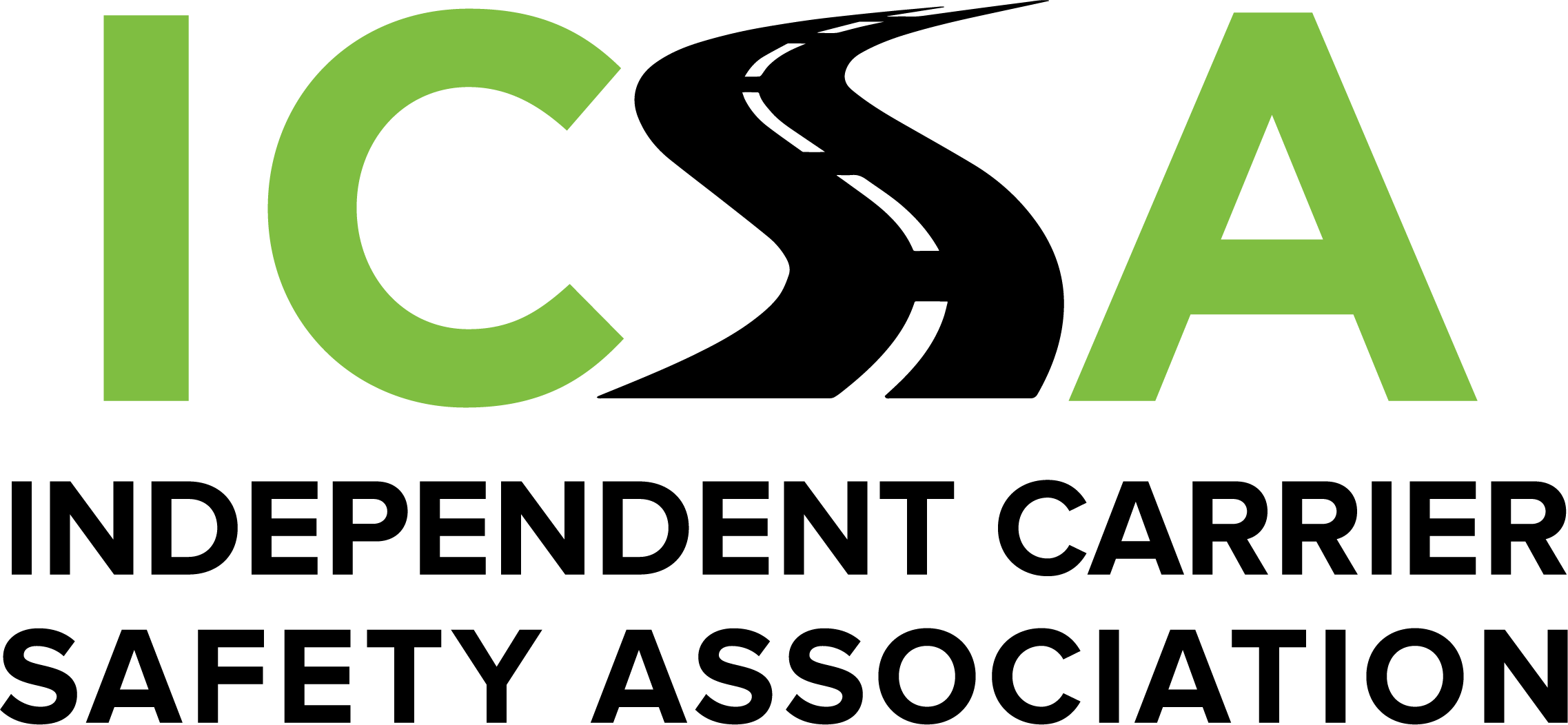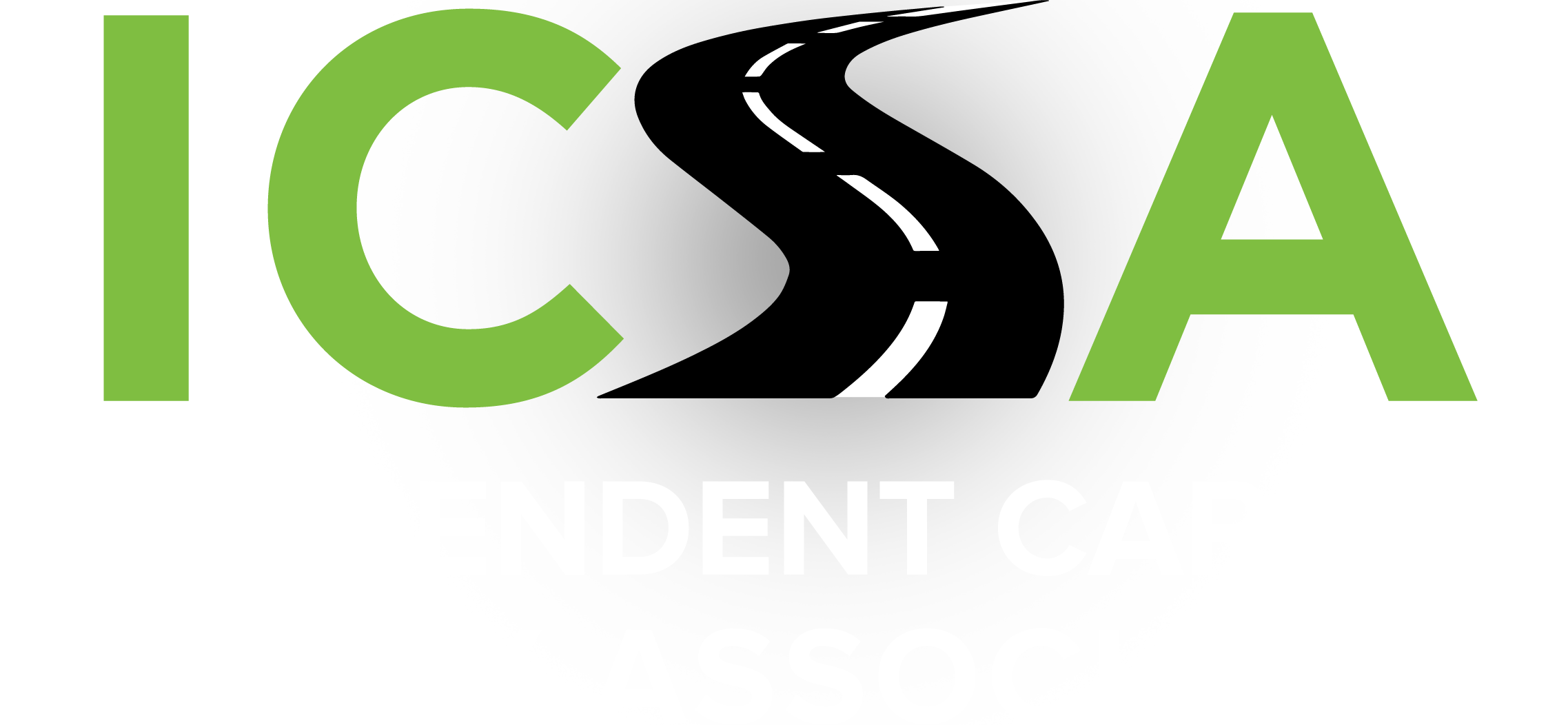
ICSA Contributor Warren Hoemann attended a recent stakeholder meeting covering FMCSA’s proposed new registration system. It should be noted that FMCSA has completed only the workflow for new individual motor-carrier registrants. The agency will hire a contractor to handle workflows for business and principal place of business (PPOB) verifications. The agency will later finalize other sections dealing with blanket companies (BOC-3 filers), insurance companies, and transportation service providers.
While no one knows exactly what the full new FMCSA Registration System (FRS) will look like, other than replacing today’s Unified Registration System (URS), too many details are yet to be determined. However, Mr. Hoemann has expertly summarized key points that ICSA members should be aware of and we urge you to read to the end.

Here are points we can make about the issues FMCSA is tackling:
• FMCSA is well aware of ongoing fraud, whether by fake emails, hacking of carrier data, or the sale of MC numbers. The new online registration system will do its best to prevent the FMCSA database and website from becoming a conduit for that fraud. Access will be through Login.gov, which already requires multi-factor authentication. First-time registrants will go through ID verification. But motor carriers themselves must be alert. FMCSA has established a fraud alert webpage to help carriers identify current fraud practices: https://www.fmcsa.dot.gov/registration/fraud-alerts
• The ID verification process will be rolled out on the current URS platform. FMCSA has contracted with IDEMIA, the same verification company utilized by the Transportation Security Administration (TSA). First-time registrants will be directed by the system to scan one of four identification documents – 1) a driver’s license; 2) passport; 3) ID card; or 4) resident card. No app download is required. Then, the system will require a facial scan. The IDEMIA system quickly produces an ID verification and returns the user to the FMCSA webpage. There will be no ID verification fees. For users unable to conduct the scanning process at home or office, FMCSA will list 300 IDEMIA enrollment centers nationwide to handle the process.
• The FRS will utilize only the USDOT number and will suspend the use of USDOT PINs. FMCSA will phase out MC numbers. Operating authority (e.g., household goods, general commodities, hazardous materials) will be indicated by a suffix to the USDOT number. That suffix may be used in business documents but will not be required on the sides of trucks. Every FRS user will have a separate account.
• A rulemaking is required to complete certain additional steps: 1) end the ability to transfer MC numbers; 2) eliminate MX (Mexican) and CT (Cargo Tank) authorities; 3) conduct challenges to operating authority applications through the FMCSA website rather than through the Federal Register; 4) eliminate paper applications; 5) make any fee changes; and 6) require insurance filings by private hazmat carriers and exempt carriers. FMCSA will publish a separate, informational Federal Register notice as the new FRS system is implemented.
• Finally, contrary to some press coverage, FMCSA does not have a firm implementation date for the FRS - only that it will be in 2025. Carriers can get updates and answers to FAQs at https://www.fmcsa.gov/registration.



